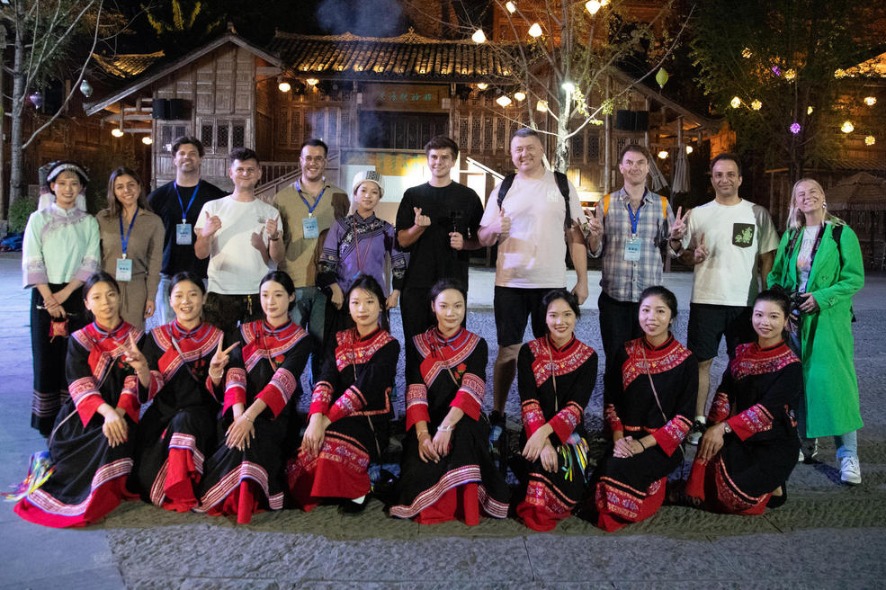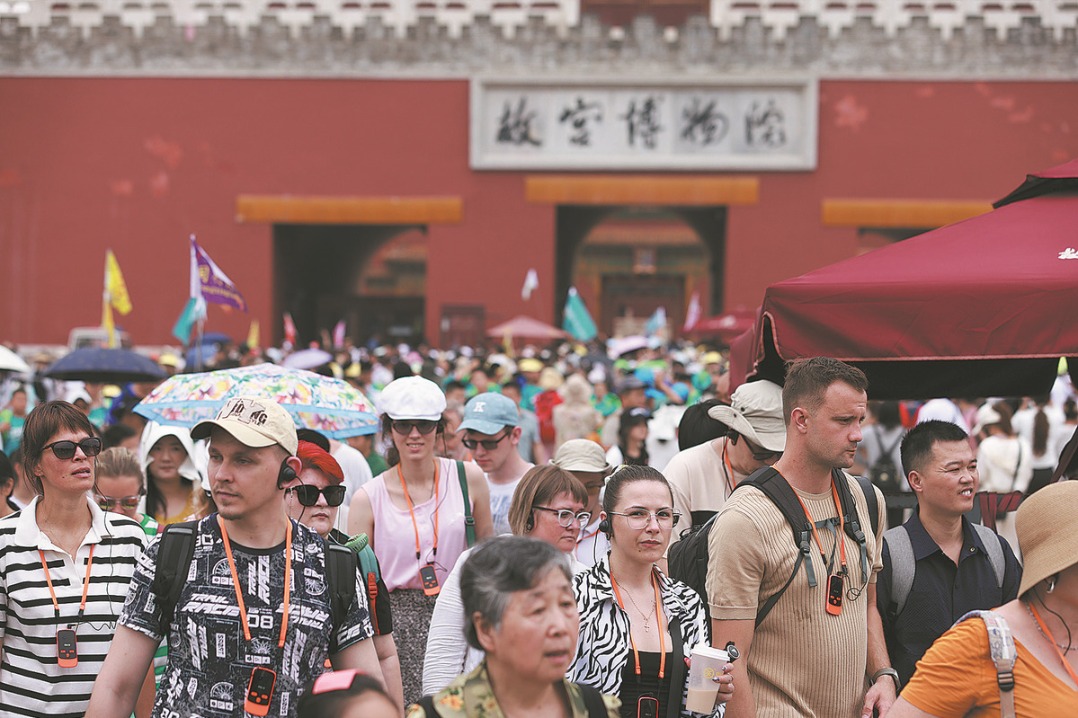Enabler not expropriator


China's development model is pricing people into the green transition by way of abundance
For the best part of the past 700 years, the system of global economic expansion has been characterized by increasing integration with more territories incorporated into circuits of capital accumulation against a backdrop of a dominant political-economic hegemon. The world system has expanded as a center-periphery structure, in which the baton of the hegemon has been handed from the Italians to the Dutch, then to the English and then to the Americans.
In each epoch, the hegemon has expropriated wealth from the periphery. We are now, again, in a period of systemic change. But perhaps, this time, the transformation is not merely one of "passing on the baton" but one of systemic decentering.
The third plenary session of the 20th Central Committee of the Communist Party of China is guided by and will deliberate on the draft of the CPC Central Committee's Decision on Further Comprehensively Deepening Reform and Advancing Chinese Modernization. Much of these deliberations will revolve around core themes such as Chinese modernization, new quality productive forces and high-quality development. All of these have implications not just for China's own development but also for the shape of the world system that is unfolding.
In the past three decades, China has emerged as the world's sole manufacturing superpower. It contributes 30 percent of global value added, and occupies a prime position in all product categories. It has achieved this off the back of strong domestic market growth. In 1995, the ratio of China's manufactured output to exports was 11 percent. This increased to 18 percent in 2004, a few years after the country's admission to the World Trade Organization, receding to 13 percent or so today. Put another way, as output grew so did the domestic market.
At the same time, China has emerged as the largest trading partner for over 140 nations. Over the past decade, China's trade growth with the Global South, particularly those participating in the Belt and Road Initiative, has outstripped trade growth with the mature economies of Europe and the United States. Now, China trades more with the Global South than it does with the US, the European Union and Japan combined.
The current and future phase of export growth will revolve around a combination of renewable energy systems, new energy transport solutions and digital technologies. Intense competition in the domestic market, coupled with rapid automation and cluster-enabled productivity gains, has placed incredible downward pressure on prices. The world market is now the beneficiary of low-cost technologies that overcome development barriers and hasten the decarbonization transition that nations agreed to strive for in the Paris climate accord.
Low-cost and clean transport systems together with energy sovereignty are pivotal to expanded capital accumulation and the decentering of global production and value adding.
China's model is pricing people in by way of abundance. This contrasts with the traditional models of capital accumulation that prices people out through confected scarcity and rent seeking. Consumers are the beneficiaries in the former case, whereas the rentier accumulates wealth in the latter.
China is also emerging as an exporter of capital. Infrastructure investments via the BRI are notable examples, but more recently we are seeing Chinese companies invest in minerals processing and manufacturing facilities in other countries. China isn't just exporting final products; it is exporting value-adding capacity and know-how.
For the best part of the past 30 years, the flow of data globally has been via a network of terrestrial, submarine and stellar infrastructure channeled through data centers in Virginia in the US.Data security and sovereignty were compromised. In effect, as argued recently by US scholars Henry Farrell and Abraham Newman in their 2023 book Underground Empire, the US has weaponized the global economy through its control over the pipes of global commerce
This, too, is changing, as Chinese companies expand an alternative digital network to buttress the growing array of trade infrastructure that has been developed through the BRI. This digital network and its associated infrastructure of data centers is allied with a growing commitment to open-source operating systems and platforms, as the foundation for the new digital standards for the 21st century. Such an approach is enabling an emergent Digital Westphalia.
Chinese modernization is underpinned by what has been called new quality productive forces. These enable the development of low-cost systems of production and circulation, supporting value decentering as infrastructure and know-how are made increasingly available. Just as China seeks to achieve more even development domestically, the effects of its model of global integration via trade, capital exports and transfer of knowhow is also tackling decades of uneven global development.
Overcoming uneven economic development is symbiotic with what Johan Galtung once described as a positive peace. Multipolarity is already a reality today, and the third plenum of the 20th CPC Central Committee is consolidating a policy approach that reinforces the economic underpinnings of a new global economic architecture that can support models of indivisible security for all based on growing economic sovereignty.
To be an expropriator or an enabler? That is the question. In an era of multipolarity, Chinese modernization can only take the form of being an enabler — an enabler of national rejuvenation and of positive peace through decentered, even economic development worldwide. The third plenum consolidates steps toward this.
The author is an adjunct professor at Queensland University of Technology and a senior fellow at the Taihe Institute. The author contributed this article to China Watch, a think tank powered by China Daily.
The views do not necessarily reflect those of China Daily.
Contact the editor at [email protected].































